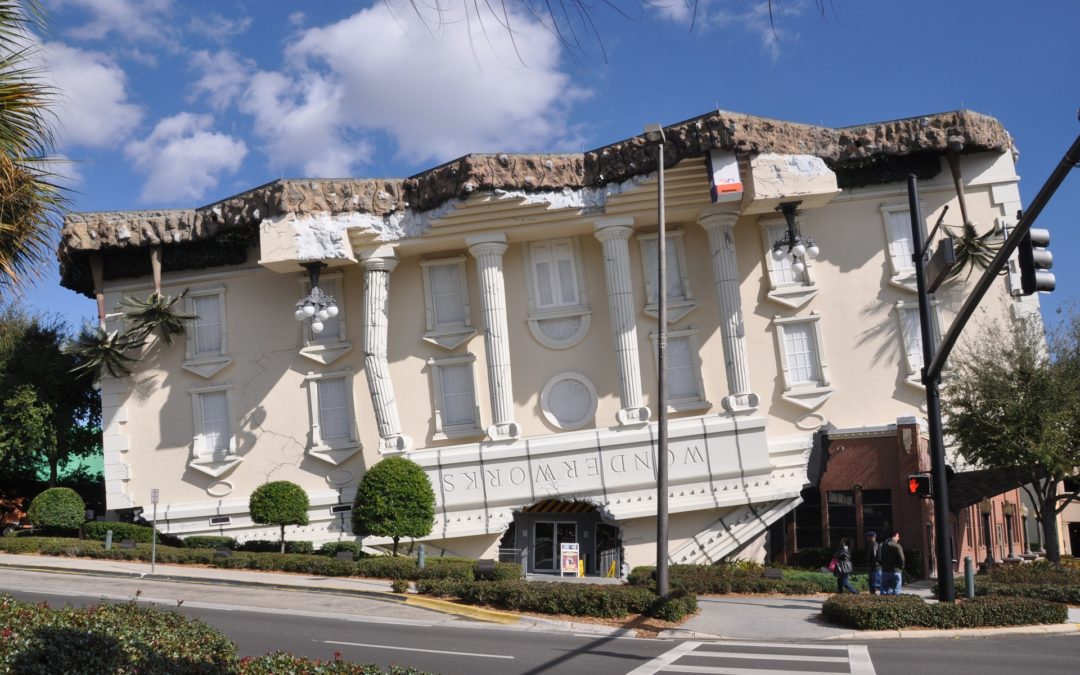Is Airbnb poised to turn home accessibility on its head?
It appears that way.
Earlier this year, Miss M Design posted on facebook that Airbnb had purchased travel startup, Accomable. Their website was described as helping disabled people find and book adapted holiday accommodations worldwide. Accomable was essentially Airbnb for people with disabilities.
And then just last week, we posted another story about Airbnb wanting to get into building adaptable homes with modular floor plans. Yes, you heard me right. Build them.
Wowzer!
Making travel more accessible
Airbnb’s mission is to create a world where anyone can belong anywhere, and now with their acquisition, that includes travelers with disabilities. To help with this they’ve retained the services of the founders of Accomable, and its 60 or so listings have been integrated into the current Airbnb listings.
60 or so listings have been integrated into the current Airbnb listings.
Previously on the Airbnb website, travelers with disabilities could only search for homes that were labeled simply “wheelchair accessible” when they were looking for accommodation. Guests weren’t getting the information they needed to find the right homes, nor did they have the confidence that the home they selected would actually be appropriately accessible for their needs.
To address this problem, Airbnb have been working on new “accessibility needs” checklists for hosts. The new features allow hosts to designate whether their listings have step-free entry to rooms, entryways that are wide enough to accommodate a wheelchair, and more. The features help hosts be descriptive about their home’s accessibility, and give guests the clear information they need to find the right home for them.
The new platform will also help guests with disabilities find appropriate accommodations. They’ll be able to search for features that are important to them, such as wide doors and hallways, step-free access, and specific attributes in each area of the home.
Why do they want to start building homes?
Airbnb founder, Joe Gebbia, believes that they have a responsibility to improve the way they build and share homes.
In 2016 Mr. Gebbia created an experimental product development division called Samara. They in turn launched a new initiative called Backyard, who endeavors to prototype new ways that homes can be built and shared.
He sees each new house as more like a system that will respond to changing owner or occupant needs. They’re also planning to use smart-home technologies, utilize sophisticated manufacturing techniques, and practice waste-conscious home design.
During the process of developing their new homes, Backyard asked themselves many questions. Among them, can a home respond to the needs of many inhabitants over a long period of time? Can it support and reflect the tremendous diversity of human experience?
These are excellent questions that our local policy-makers could have been asking themselves years ago in order to create accessibility standards for residential homes.
Why does it matter?
When a multi-billion dollar company starts talking about the need for accessible homes, it’s time we sit up and pay attention.
Over the past decade Airbnb has created an estimated $38 billion global network of more than 5  million homes, castles, and treehouses for rent in over 191 countries. With a decade of accumulated knowledge about how people travel, live, and share their spaces they certainly understand the need for more accessible homes.
million homes, castles, and treehouses for rent in over 191 countries. With a decade of accumulated knowledge about how people travel, live, and share their spaces they certainly understand the need for more accessible homes.
The B.C. building code requires public spaces to be wheelchair accessible but there are no accessibility requirements for private homes, even though 1,000 Canadian Baby Boomers turn 65 every day.
In 2020, about half of the population will be over 60 years of age. That’s almost 19 million people. Where will they all live if they can’t get through their front door, or into the bathroom, or their bedroom is up a flight of stairs? Moving won’t be an option as most of the other private homes will be as inaccessible as their own.
With a home that’s been designed for accessibility, among other things, your doorways will be wider, you’ll have a no step entry into your home, your bathrooms will have plenty of room for a wheelchair to turn around in, and there will be space on the lower level that can be turned into a bedroom.
Action Plan
Miss M Design has written over 65 blog postings on making your home more accessible. You can take your pick on what topic interests you are you can start with What is Accessible Design? Why is it so Important to you? and Don’t Waste Money on an Inaccessible Dream Home.

